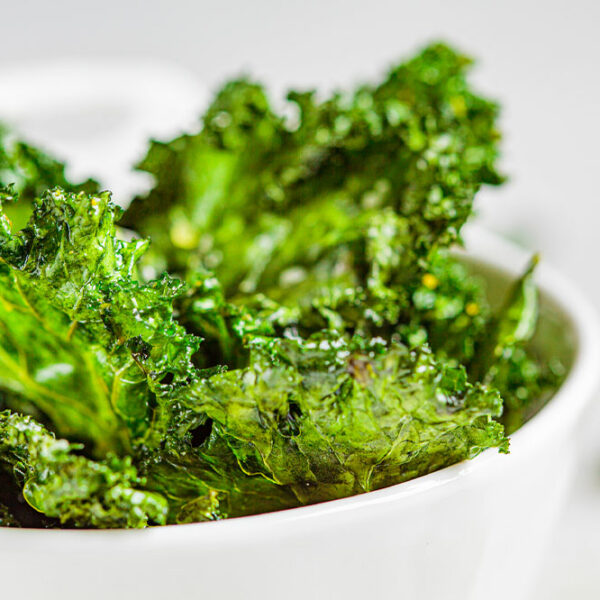
01
health
5 smoothies that help deal with arthritis and joint pain
Arthritis and joint pain can weaken a person, leading to mobility issues and other health conditions. People coping with arthritis require timely and consistent treatment, care, and lifestyle changes to control its symptoms. A nutritious food intake contributes to a healthier lifestyle and a better response to treatment. Besides having wholesome foods, incorporating refreshing smoothies into one’s meal plan can balance taste and nutrition . Here are some smoothies that can help individuals with arthritis. Pineapple and blueberry smoothie Pineapple contains high vitamin C, an antioxidant that can relieve joint pain. Moreover, blueberries contain anthocyanins, which help reduce inflammation. A blend of pineapple, blueberry, and other ingredients like ginger root and honey can create a refreshing smoothie perfect for the taste buds and joints. Green smoothie Leafy greens like spinach, kale, and parsley are packed with crucial nutrients like vitamins A, C, and K; iron; polyphenols; and antioxidants, in addition to being low in calories. A smoothie with leafy greens and some fruits of your choice can be your go-to breakfast or snack for healthy joints and reducing arthritis symptoms. Orange, carrot, and turmeric smoothie Citrus fruits like oranges are packed with vitamin C, highly effective in reducing joint inflammation. Moreover, carrot contains vital nutrients like vitamin A and beta-carotene, making them an excellent addition to the anti-arthritis meal plan.

















